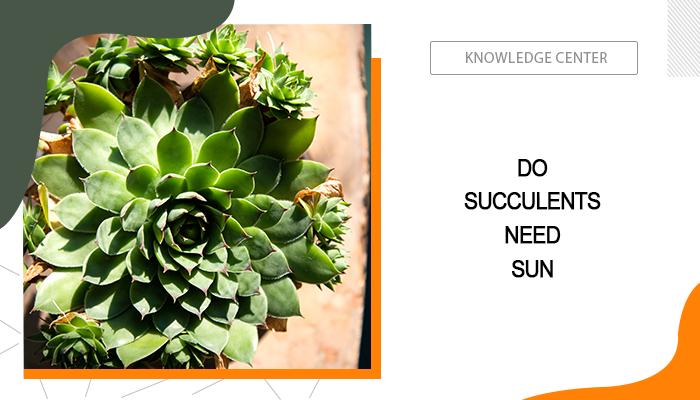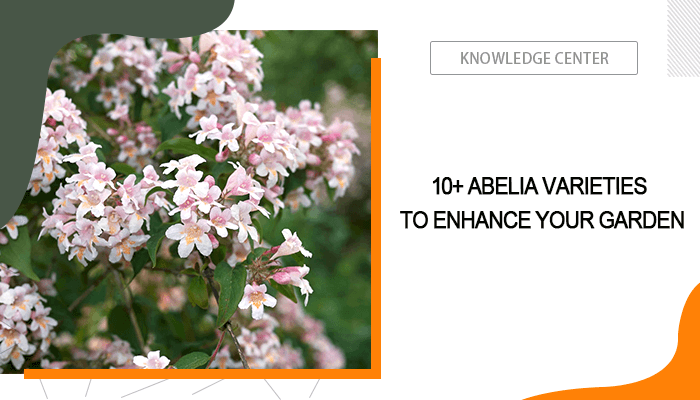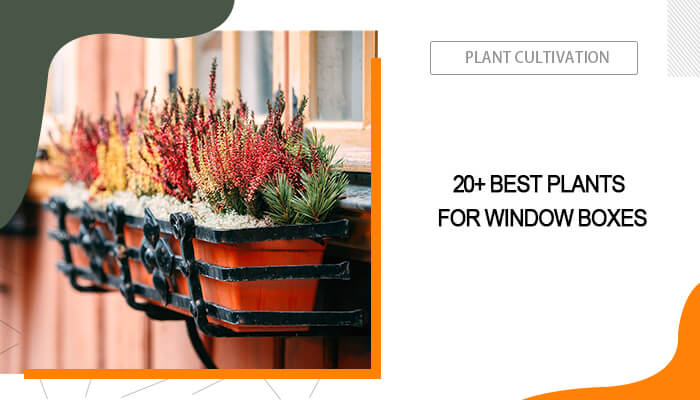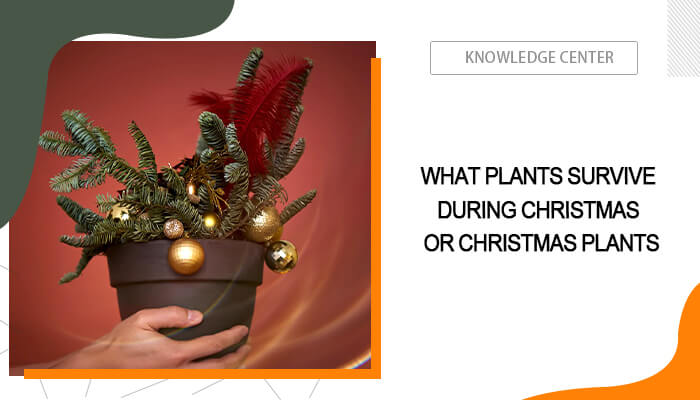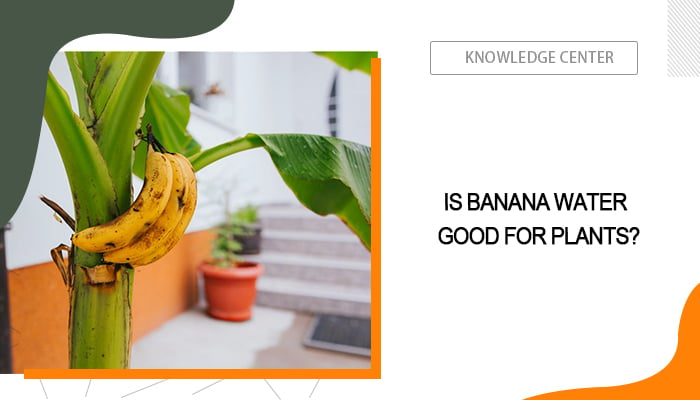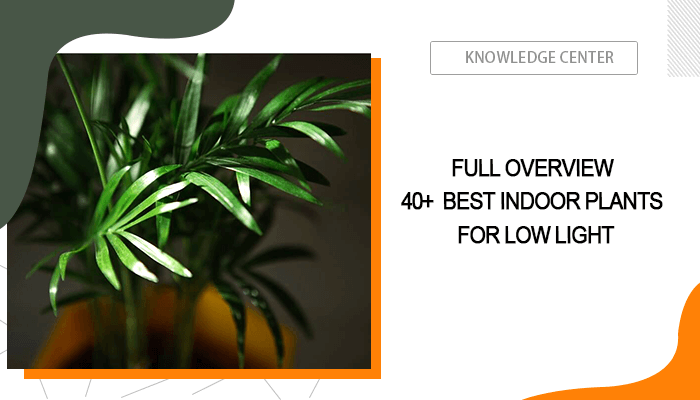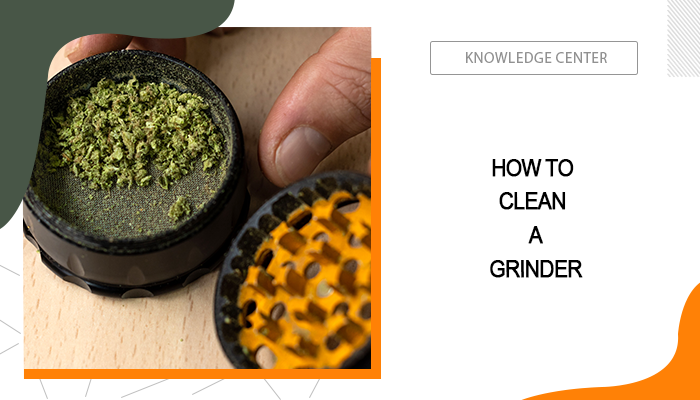How Much Sun Do Succulents Need
Succulents, known for their thick, fleshy parts adapted to store water, are holding a place in the garden or backyard. Their low-maintenance nature makes them ideal for gardening novices. When grown indoors, do these sun-loving beauties need the golden rays to thrive? In the following content, we will focus on the question - do succulents need sun, and specify how much sun do succulents need for optimal growth.
Table of Contents
Do Succulents Need Sun
Yes, succulents love sunlight and require at least 4-6 hours of sunlight every day to grow healthy, depending on the particular variety you are growing. Actually, light is an essential element for every plant to complete the process of photosynthesis. When natural sunlight is available, get it for your succulents. However, sunlight is not mandatory when you have supplemental lighting sources, such as specialized grow lights for indoor plants.
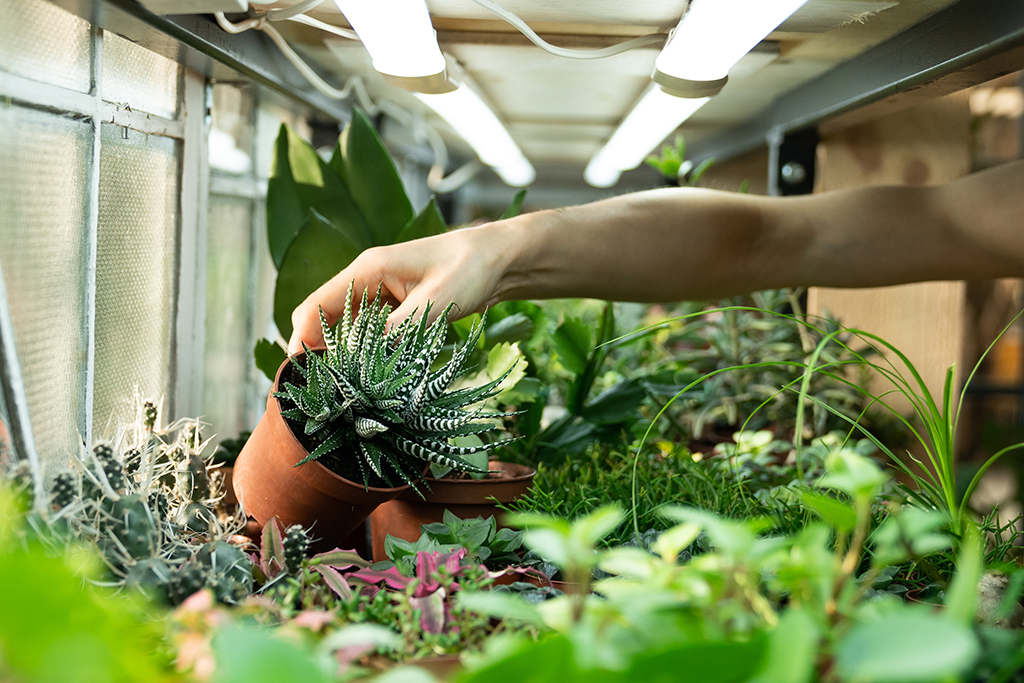
Why Sunlight Is Necessary for Succulents
Sunlight plays a crucial role in the health and vibrancy of succulents, serving as more than just a basic requirement for their growth.
Firstly, sunlight is essential for the coloration of succulents. When succulents are exposed to intense, direct sunlight, they undergo a process termed "sun-stressing." Unlike other plants that may react by minimizing their exposure to the sun, succulents adapt by altering their pigmentation. Therefore, succulents can exhibit stunning hues of lavender, turquoise, tangerine, and even opalescent rainbow shades.
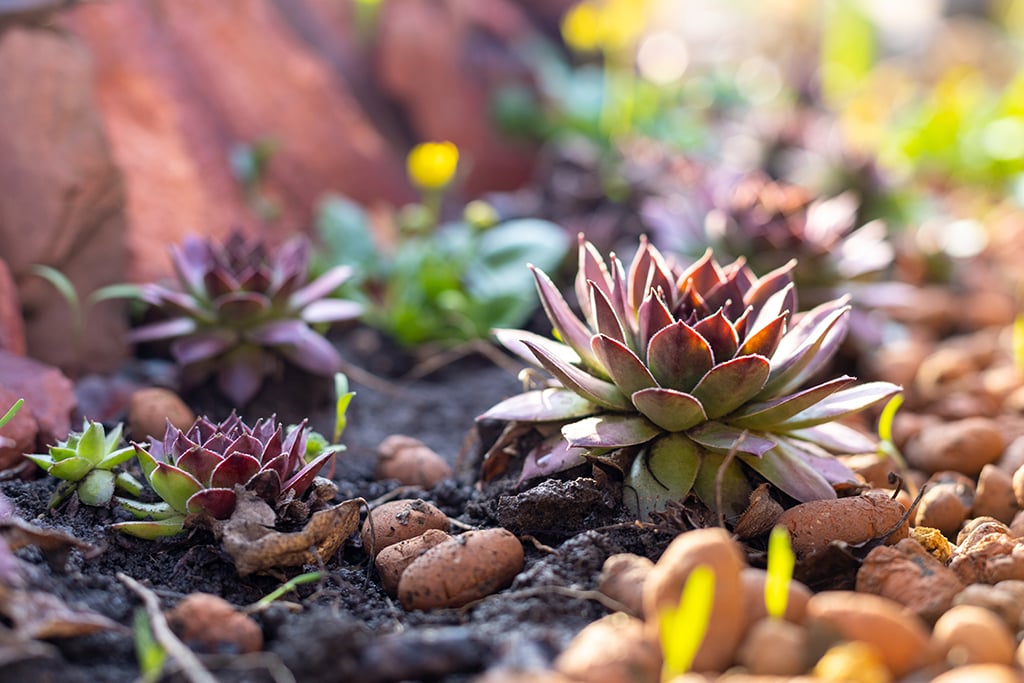
Secondly, the role of sunlight extends beyond light exposure to include its heat aspect, which is instrumental in drying out the soil. Succulents thrive in arid conditions, necessitating well-drained soil that does not retain moisture for extended periods. Sunlight aids in this by providing the heat necessary to speed up the evaporation of excess water, ensuring that the soil around the succulent's roots remains dry. This is particularly important as succulents are susceptible to root rot and other issues associated with overwatering.
How Much Sun Do Succulents Need
Succulents in general require 4-6 hours of sunlight, as we point out above, however, different varieties can show their own preference in terms of the lighting conditions, some low, some intense.
Some succulents originate from low-lying areas or densely vegetated regions where they are accustomed to being shielded from direct sunlight by taller plants. These varieties are known for their ability to tolerate and even thrive in lower light conditions, making them excellent choices for indoor environments or shaded gardens. Examples of such low-light-tolerant succulents include:
- Aloe
- Beaucarnea
- Gasteria
- Haworthia
- Epiphyllum
- Rhipsalis
- Sansevieria
- Schlumbergera
- Snake Plants
Conversely, there are succulents that have evolved in exposed, sun-drenched environments such as deserts and rocky outcrops. These varieties are well-suited to full sun exposure and often require at least 6 hours or more of direct sunlight each day to maintain their health, coloration, and structural integrity. Sun-loving succulents include:
- Agave Plants
- Aloe Carmine
- Blue Chalksticks
- Cactuses
- Copper Pinwheel
- Coppertone Stonecrop
- Fred Ives
- Golden Barrel Cactus
- Crinkle Leaf Plant
- Lipstick Echeveria
- Paddle Plant
- Pink Ice Plant
Signs of Excessive & Insufficient Sun
When you are not sure if your succulents are getting the right amount of sunlight, there are several indicators that your succulent might not be receiving enough sunlight, or be exposed to too much sunlight. Recognizing these signs early can help you take corrective action to ensure your plant thrives.
Signs Succulents Are Having Insufficient Sunlight
Stretched-out Stems (Etiolation): One of the most obvious signs of insufficient sunlight is etiolation, where the succulent's stems elongate unnaturally as the plant stretches towards the nearest light source. This results in a leggy appearance, with the plant losing its compact, robust form.
Fading Colors: Succulents are celebrated for their vibrant hues, which can range from deep greens and blues to bright reds, purples, and oranges. A lack of sunlight can cause these colors to fade or become dull, with the plant reverting to a more uniform green shade.
Sparse Growth: Adequate sunlight encourages dense, healthy growth in succulents. When light levels are too low, new growth may be sparse and the leaves may appear thinner and more spaced out.
Weak or Thin Leaves: In addition to affecting the stem and overall growth, insufficient sunlight can lead to weaker, thinner leaves. The leaves may lack the firmness and plumpness associated with well-hydrated succulents, making them more susceptible to damage and disease.
Leaning: Here’s the little trick. A succulent leaning to one side is often trying to grow towards a light source, indicating that it's not receiving sufficient light from its current position.
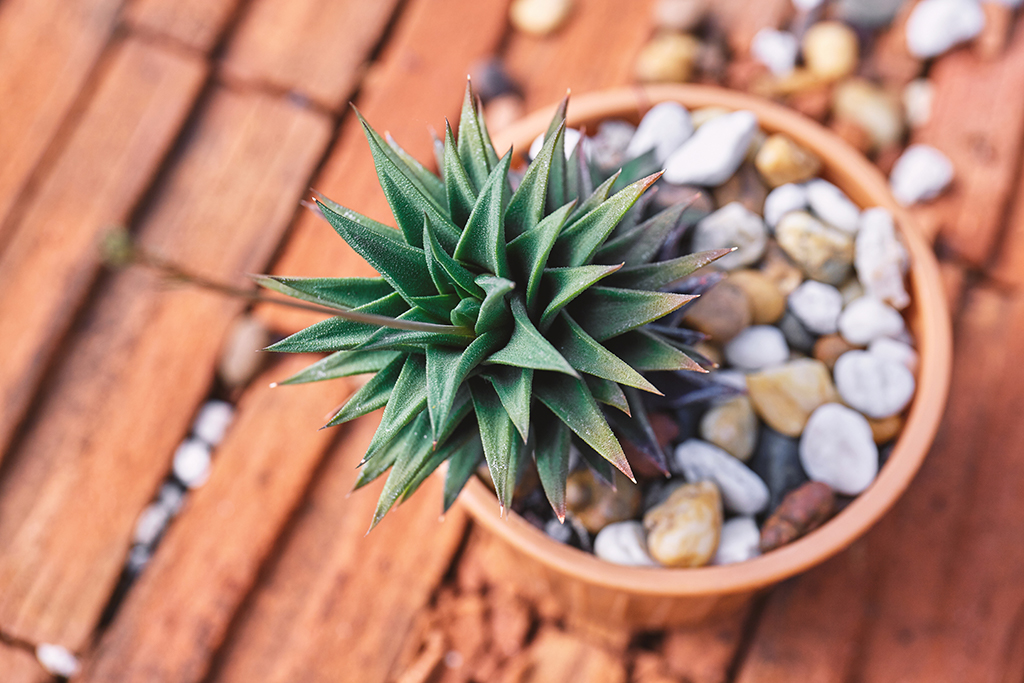
Signs Succulents Are Having Excessive Sunlight
Sunburn Symptoms: Sunburn in succulents typically appears as discolored patches on the leaves. These patches can be brown, white, or yellowish, resembling scorched or bleached areas. Initially, they might be small, but can expand and cover large portions of the leaf surface if the excessive sun exposure continues.
Leaf Curling and Wilting: In an attempt to reduce surface area exposure to intense sunlight, succulent leaves may curl inwards or wilt. This is a protective mechanism to minimize moisture loss and sun damage, just like plant leaves curling up.
Dry, Brittle Texture: Overexposure to sunlight can dehydrate succulents, leading to a dry and brittle texture. Give a gentle touch to your succulents and you should know.
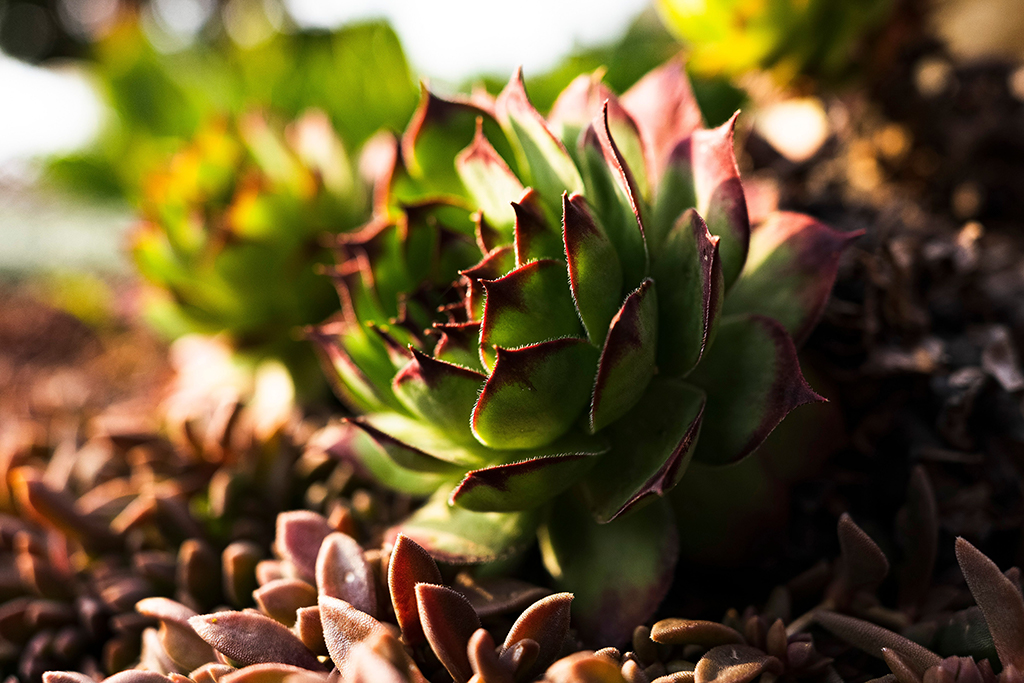
Best Sunlight Alternative - Succulent Grow Lights
For succulent enthusiasts who may not have the luxury of abundant natural sunlight or for those looking to supplement their plants' light intake during shorter days, grow lights present an excellent alternative. Among the myriad options available, fluorescent and LED grow lights are the top two recommendations.
On one hand, fluorescent lights emit a softer light compared to other grow lights, making them ideal for succulents that prefer indirect sunlight. LED grow lights, on the other hand, can be engineered to provide a wide range of light spectrums, including the specific wavelengths most beneficial for photosynthesis in succulents. This customization allows for targeted growth support, from the seedling stage to maturity.
More on succulents:




